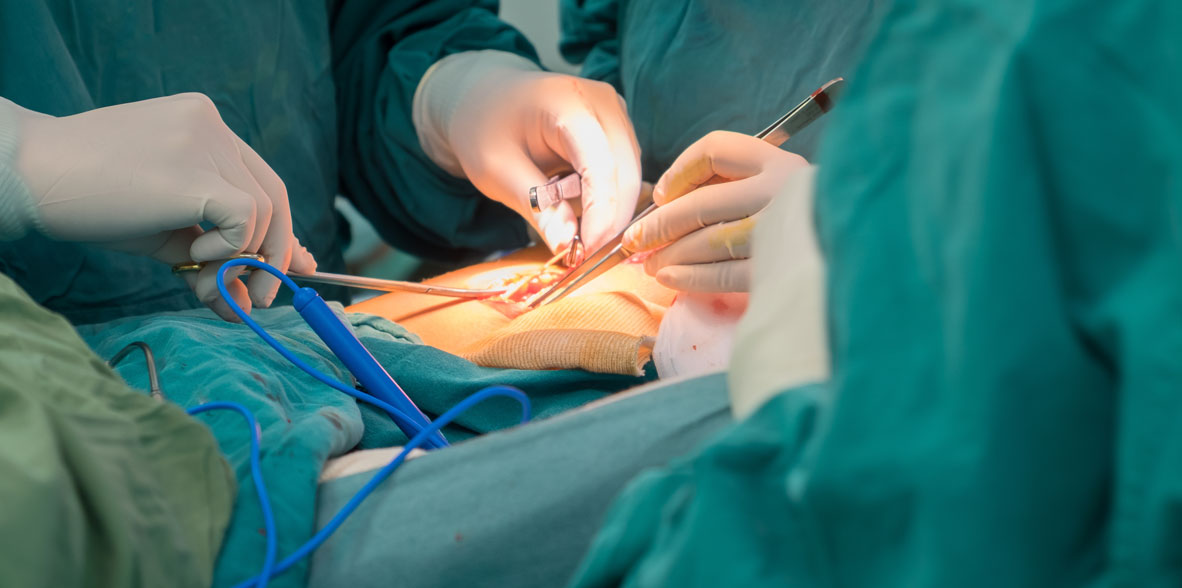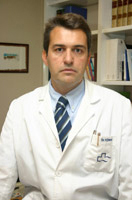

 Centro Médico Teknonen/health-centers/centro-medico-teknon
Centro Médico Teknonen/health-centers/centro-medico-teknon
Most patients with acute diverticulitis require hospitalization for administration of parenteral hydration, broad-spectrum antibiotics, nasogastric tube placement to decompress the intestine. The initiation of medical therapy produces a rapid clinical recovery with resolution of pain, fever and ileus in 48 to 72 hours. Broad-spectrum antibiotics should be administered for 7 to 10 days and oral feeding should be reinstated according to tolerance. Patients recovering from diverticulitis should begin a diet with high fiber content to reduce the repetition of the picture.
Surgical treatment of diverticulitis and its complications may be needed electively or through emergency surgery. Indications for elective surgery include:
- First episode of diverticulitis in a patient under forty years of age requiring hospitalization
- More than two episodes with response to medical treatment
- An episode with evidence of perforation, colonic obstruction, or inflammatory condition of the urinary tract
- The impossibility of ruling out a colonized cancer.
Because the vast majority of patients with acute diverticulitis involve the sigmoid colon, resection of other portions of the colon is rare. Patients who are prescribed elective surgery undergo a mechanical and antibiotic preparation of the colon and sigmoidectomia with primary anastomosis. If diverticulitis affects the descending colon, the indication is to perform left hemicolectomy. Location in the cecum alone or in the ascending colon is very rare, and is usually found in emergency surgeries when acute appendicitis is suspected, and the indication is to perform resection.
Patients with generalized peritonitis or pneumoperitoneum require treatment with significant fluid intake, administration of antibiotics, and emergency surgical treatment.
Resection of the perforated colonic segment (usually the sigmoid) and terminal cholostomia of the descending colon and closure of the rectal stump is what is indicated routinely. The old form of surgical treatment of diverticulitis in three stages (close colostomia and drainage, followed by resection and finally closure of the colostomy), is no longer used because it is not a procedure that controls the septic process.
Patients with non-perforated diverticulitis who present a general deterioration and have a good response after 48-72 hours of medical treatment should undergo a CT scan of the abdomen, if the presence of an abscess is not observed, laparotomy and colonic resection are indicated. If the presence of an abscess (5 cm or greater) is observed, it is indicated to perform a surgical exploration with drainage of the abscess plus colonic resection or percutaneous drainage of the abscess guided by CT. If the latter procedure is chosen, after the abscess is resolved, colonic resection is performed electively with primary anastomosis.
Lately all types of elective surgery for diverticular disease have been successfully performed with laparoscopic surgery. If a large number of adhesions, inflammation, bleeding or some other inconvenience is found, it is indicated to perform the conversion to an open procedure. This conversion is not a complication but is an appropriate decision to conclude the procedure.



































